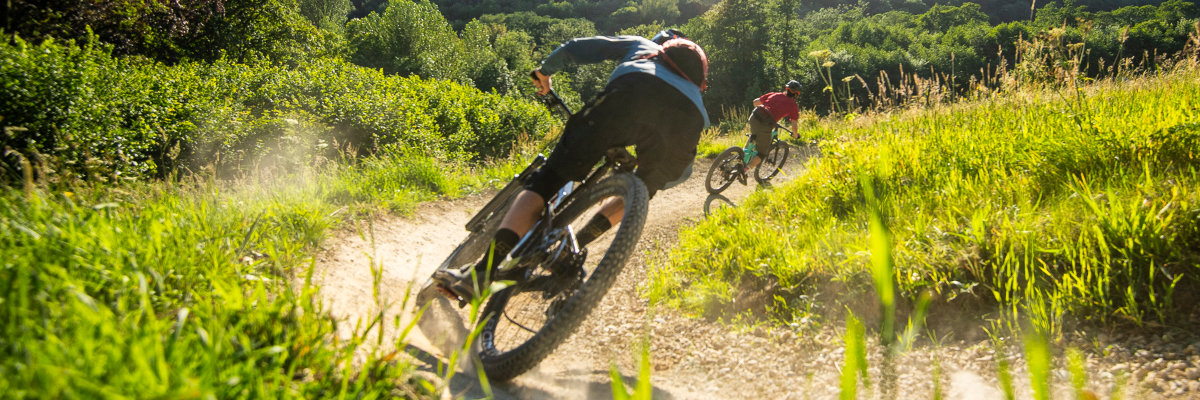
One out of every two people who walk into their local bike store with a particular make and model in mind ride out with a different one. That’s not a result of cheeky upsells but is generally because what they had in mind wasn’t right for their intended use. Maybe they liked the colour scheme, had read a review or one of their mates had one.
Our number one priority is ensuring that customers get the right bike for them and if you’ve bought a bike from us before, you’ll know we obsess the details. That’s why we’re so passionate about in-store customer service and the advice we offer. If you’re investing in a top class bike with the intention of spending hours in the saddle, you’re going to want to be comfortable or it’s going to affect your enjoyment, whether it’s out on the road, hitting the trails or crunching over gravel.
We truly want you to get the most out of your bike. So here are our top five things to ensure maximum comfort when you get your next one.
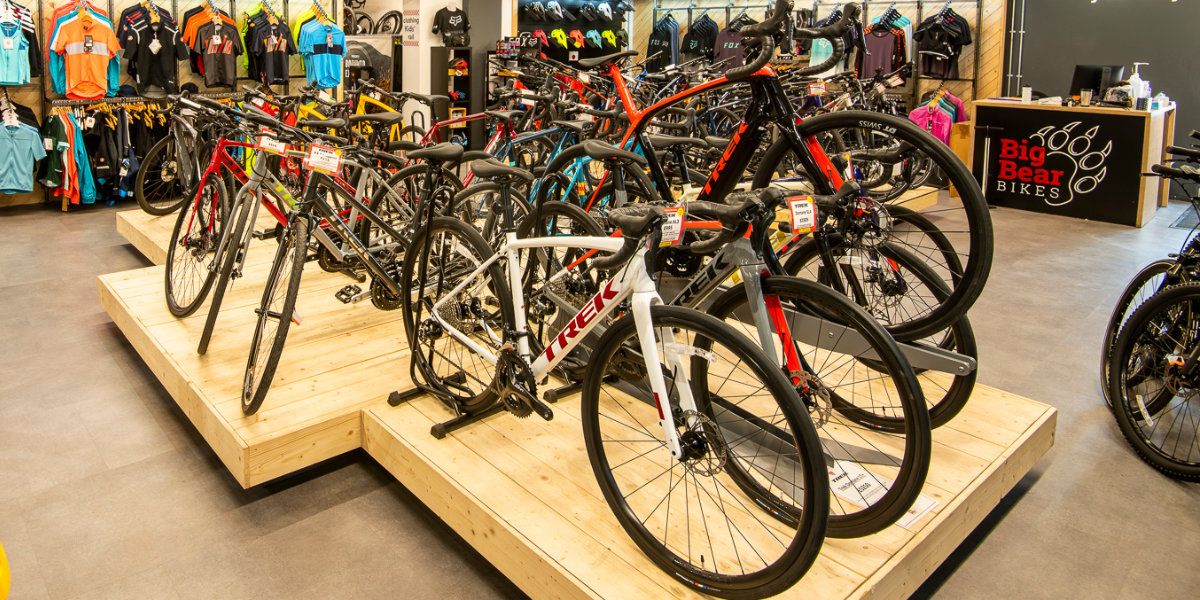
Well, duh. Yes, it’s obvious but this should be your starting point. Are you a serious roadie, leisure rider, commuter or MTBer? Do you want a mid-range road bike like the Trek Checkpoint or something higher end like a Trek Domane? Are you thinking of something versatile for some leisure riding and a bit of commuting, like the hybrid Trek Dual Sport 4 or the e-bike equivalent, like the Raleigh Motus? If you’re MTB, do you want a hardtail for downhill and enduro or full suss for getting serious air, or the e-bike version of either of these. Trek Powerfly is a super-flexible hardtail e-bike while Trek Rail is a full suss monster of an e-bike which our customers can’t get enough of.
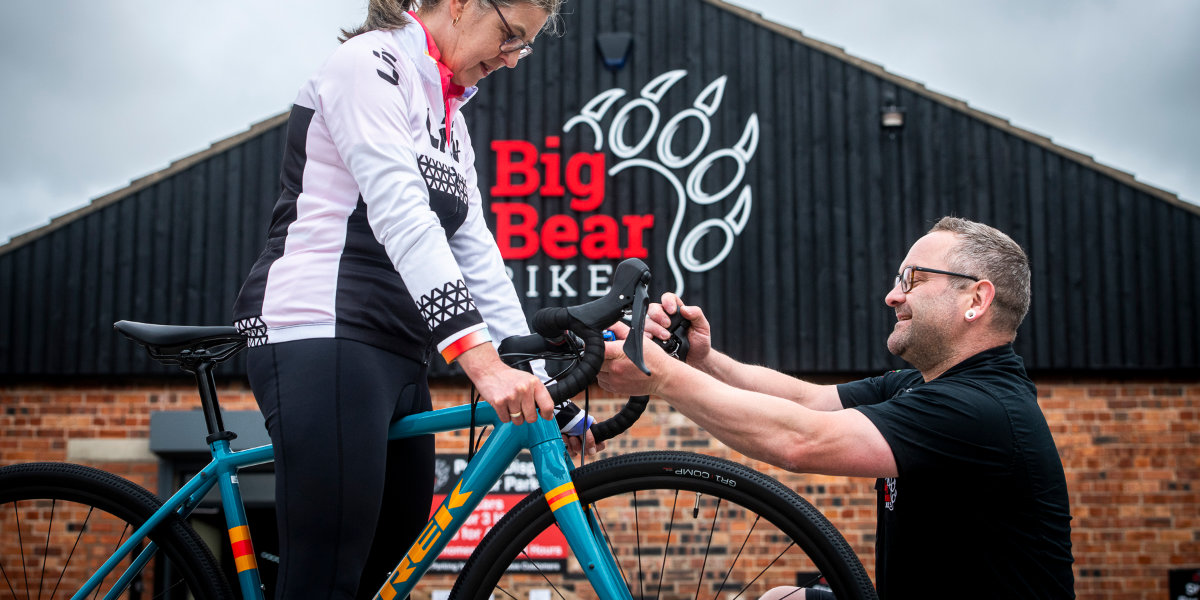
Frame size is all about comfort and control, and it's not just an issue for kids as they grow. For adults, if the bike is too small, you won’t be getting out what you put in in terms of effort and you probably look a bit ridiculous too. If it’s too big, you’re most likely over-reaching to get to the handlebars and to touch the ground, both of which are unsafe. The wrong sized bike will also cause posture issues which lead to back pain and cause you to tire more easily because of pedal inefficiency. You might be surprised to hear that your wrists are likely to bear a lot of the burden of an ill-fitting frame as that’s where a lot of the pressure is focussed. Finally, and most importantly, if your bike is the wrong size, whether too large or too small, you’re not in proper control and you’re more likely to crash.
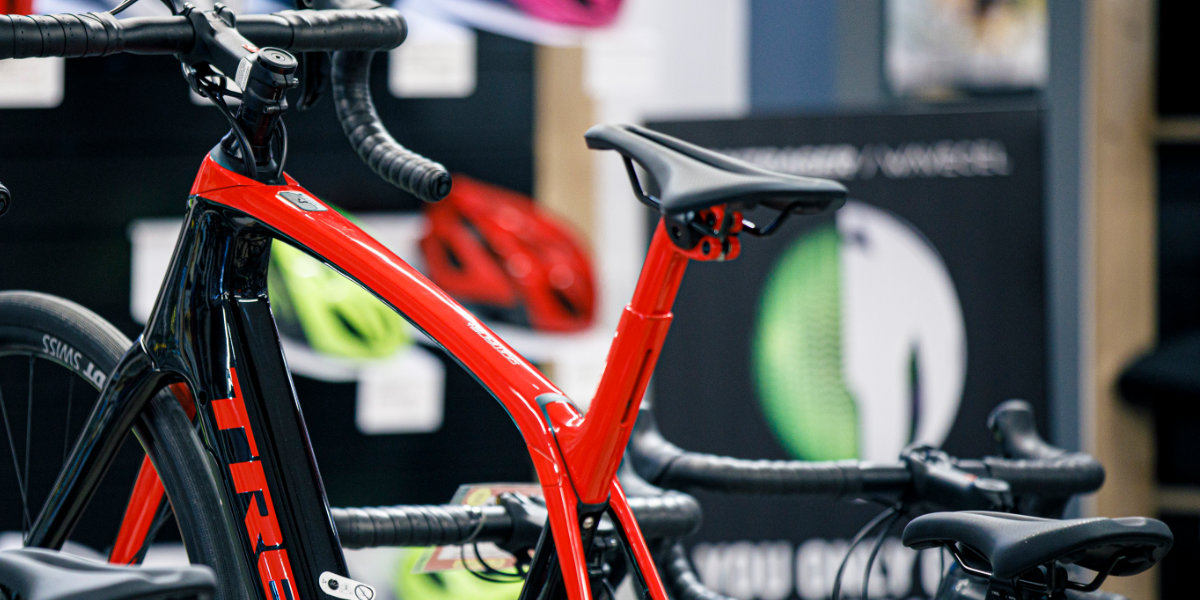
We’ve all had days out on our bikes where the first thing we want to do when we get home is to sit on a bag of frozen peas. Choose the right saddle and you shouldn’t even know it’s there. It’s a lot more scientific than simply how much padding there is. Anatomy differs from rider to rider and it’s your sit bones that take the strain when you’re in the saddle. The width of the sit bones will dictate to a large extent how broad your saddle should be whereas your ride position and therefore your hip rotation has an effect on whether you need a flat or rounded shape. If you’re mostly upright, you’ll probably be more comfortable with a rounded shape, like the Bontrager Boulevard, whereas if you’re leaning forward you’ll want something flatter like the Bontrager Ajna Elite.
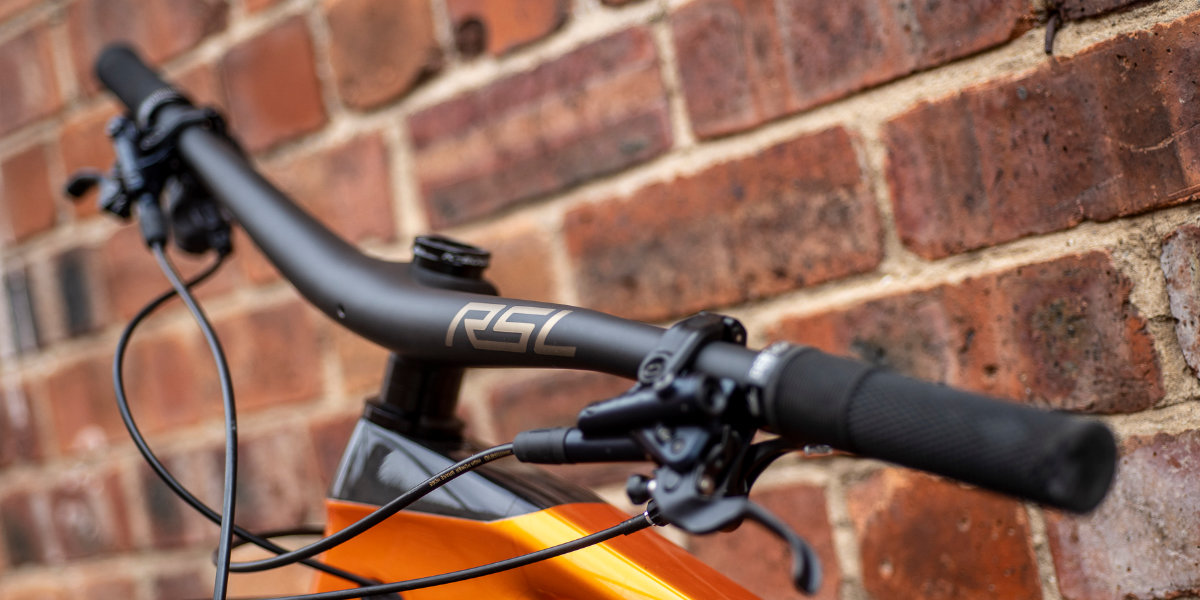
The difference between road and mountain bike handlebars is obvious but within each of these there are subtle differences. For road bikes, this will typically be 380mm to 460mm and for mountain bikes this will be around 740mm to 760mm, though some downhill bikes go up to 820mm. Narrower bars offer more speed and agility while wider bars provide more control and stability. There’s also the question of your body shape – mainly how broad your shoulders are – to take into account. In terms of bar height, the difference between the position of your seat and bars will determine how aggressive your riding position is. The greater the drop from the former to the latter, the more of a racing position you’ll have whereas negative drop – with bars higher than seat – will give you more of a straight-backed, leisurely posture.
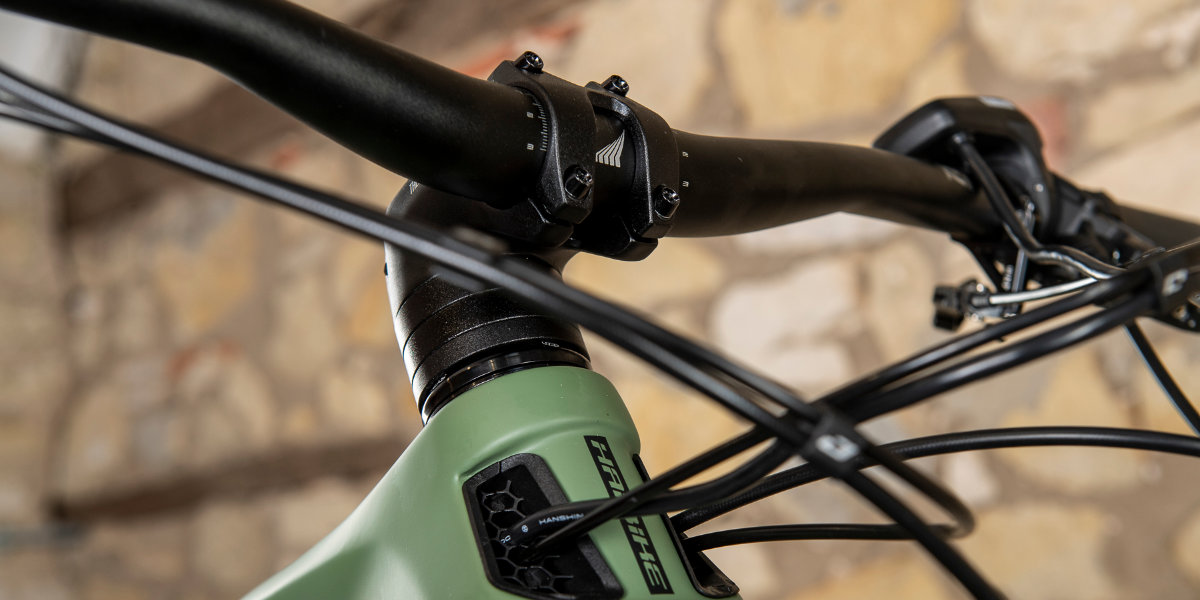
The stem is the piece that clamps the bars to the steering tube and, honestly, you wouldn’t believe the variety of shapes, sizes and materials that this often unnoticed component comes in. A shorter stem results in quicker handling characteristics and more responsive feel and a longer one pitches your weight further forward, which leads to better pedalling efficiency, especially on steep climbs. As a simple guide, a cross country bike will have a stem of 80mm to 120mm to put you further forward on the bike. A trail or enduro bike will be somewhere in the middle, at around 50mm to 70mm, like this Bontrager Comp stem, for a combination of aggressive riding and responsive handling; a downhill bike will have a short stem of around 40mm to 50mm, like this Bontrager Line stem, to put control at the forefront.
Well, that’s our quick and simple comfort guide. Clearly, there are loads of considerations when choosing components and setting up your bike, and these are the kinds of things you simply don’t get with an online buying experience. We take everything into account when advising customers on their choice of bike and in assembling it according to their type of riding and body shape. Visit us in store in Southgate, Pickering, to talk to our friendly, expert team.